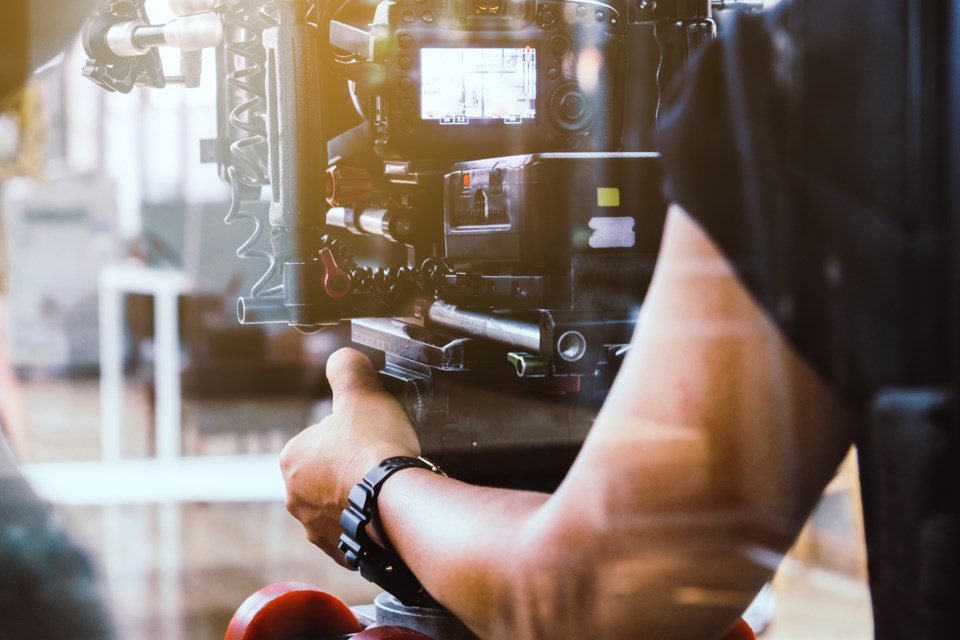A UBC medicine professor has been working behind the scene of B.C.’s film industry making sure movie sets operate safely during the coronavirus (COVID-19) pandemic.
Dr. Adam Lund is an emergency room physician and professor in the University of British Columbia department of emergency medicine. Before COVID-19 cancelled mass gatherings of any kind in the province Lund worked as a medical and first-aid director at large-scale events. As a researcher, he leads a group at UBC which conducts research to help identify risks associated with mass gatherings.
During the first wave of the pandemic, Lund and his team pivoted to help support hospitals in Fraser Health. By May, when the number of COVID-19 cases had declined, Lund found himself wondering what more he could do to help.
Around this time a friend of Lund’s mentioned they were trying to develop COVID-19 safety plans for the local film and TV industry. Realizing his expertise could be useful, Lund began consulting with producers of a few TV shows in July. His work then caught the attention of Netflix executives who asked if he could help with their productions.
“Netflix was already doing really good work with COVID-19 planning, but they thought I could maybe be a helpful contributing member on their Canadian productions,” Lund said. “It has been a really interesting opportunity to be able to take the core concepts of event safety and apply them to a unique environment.”
‘The Swiss cheese model of risk reduction’
A UBC release detailing Lund’s work explains the core concepts of COVID-19 safety in film and TV are straightforward and similar to public health guidelines. Enhanced cleaning, sanitizing protocols, maintaining physical distance, wearing masks, and performing regular COVID-19 testing of cast and crew members are commonplace.
Lund says the hair and makeup stations are “like being in an operating room” in terms of hygiene protocols and personal protective equipment.
As for the filming, actors wearing modern surgical masks wouldn’t exactly fit in an 18th century period piece, so PPE is incorporated into costume designs when possible. Directors are using forced perspective camera techniques to make actors appear closer than they are.
The key, Lund says, is to strategically “stack” risk-mitigating steps on top of one another.
“It’s called the Swiss cheese model of risk reduction,” he explains. “No one intervention is perfect, but if we line up several strategies together, it’s like the holes in a slice of Swiss cheese. As long as the holes don’t line up, we can create an effective sequence of strategies to reduce the risk as much as possible.”
Economic impact of B.C.’s film industry
In August, Lund said his work with Netflix was keeping him so busy that he decided to apply for a one-year sabbatical from his clinical work so he could continue consulting full-time.
According to Lund one of the reasons for this was seeing first-hand the impact of helping keep B.C.’s economy strong during the pandemic.
“It has a lot of ripple effects,” he said. “Being able to keep this industry going means more people are able to keep bringing food home to their kids and pay their bills and to just keep going. In that sense, this has been a really satisfying challenge.”



